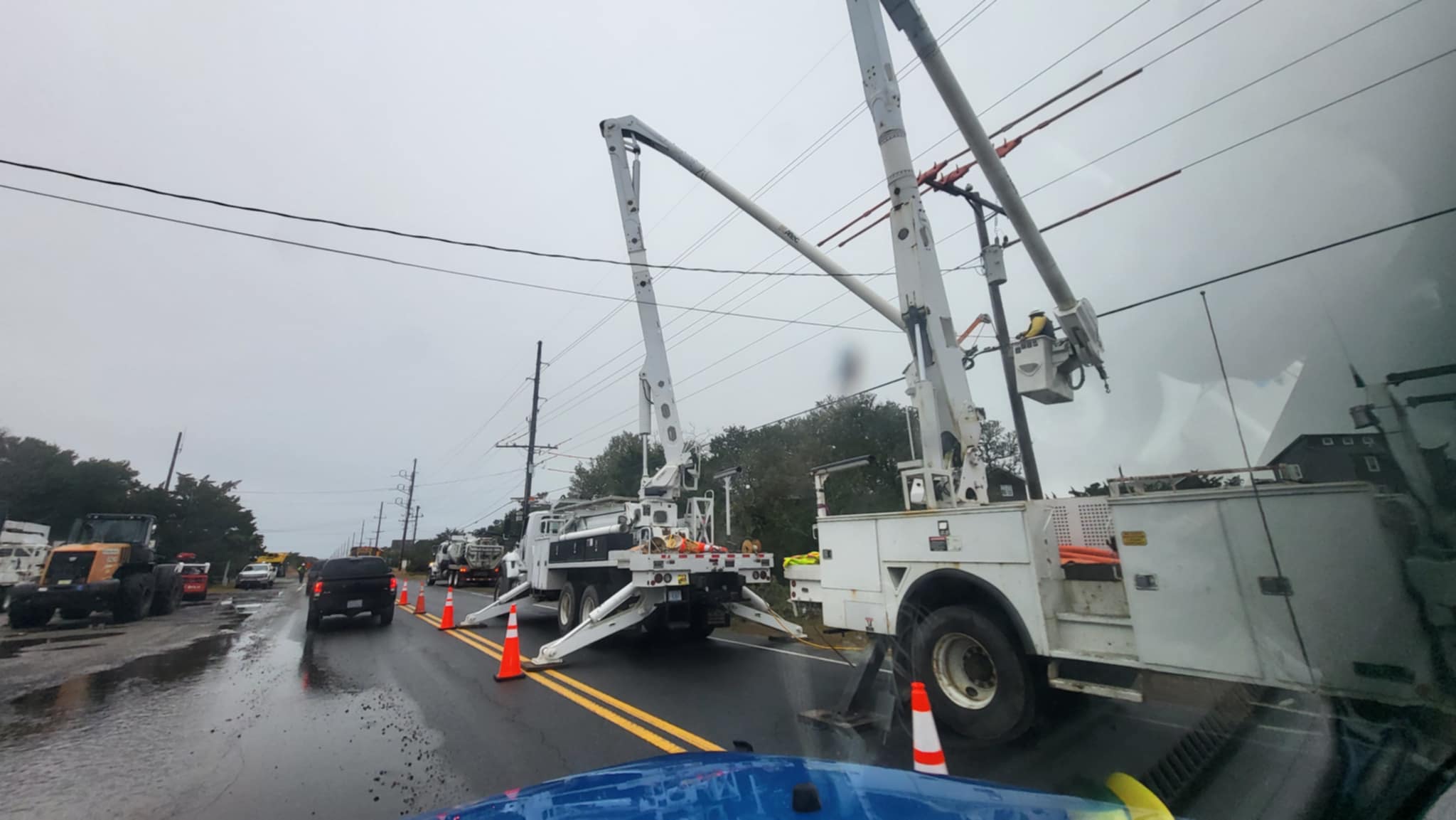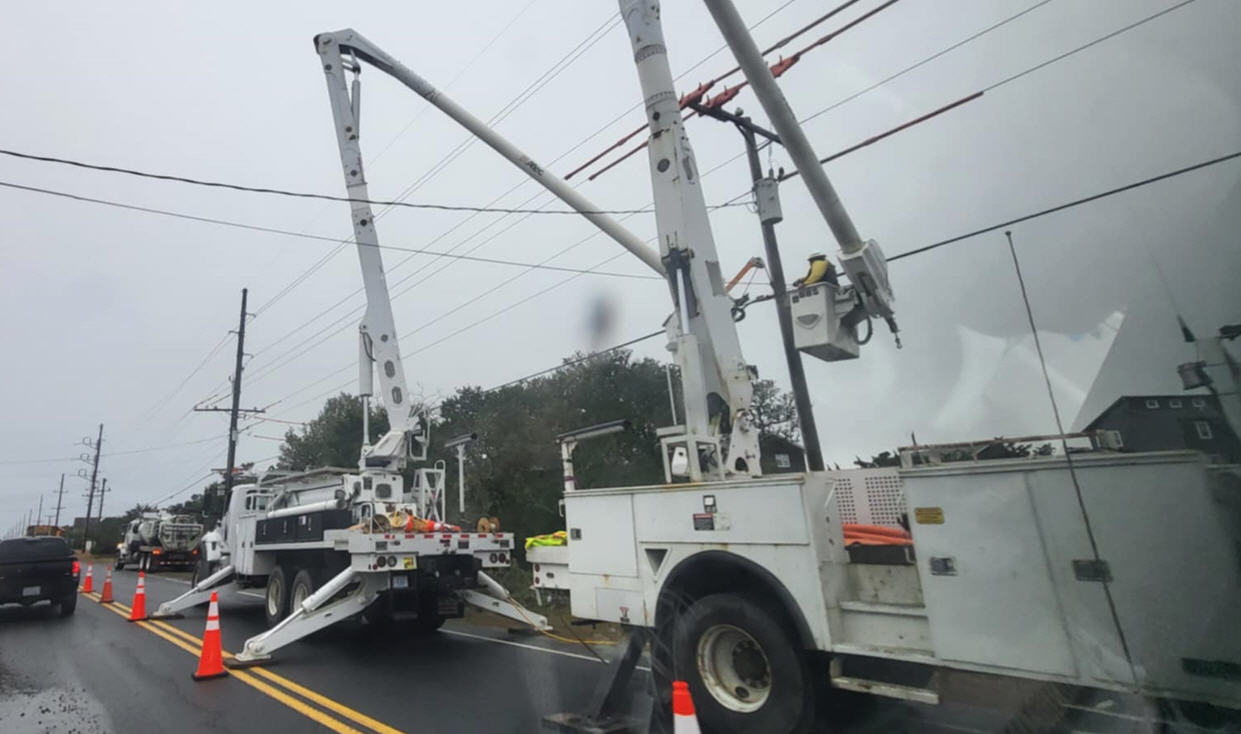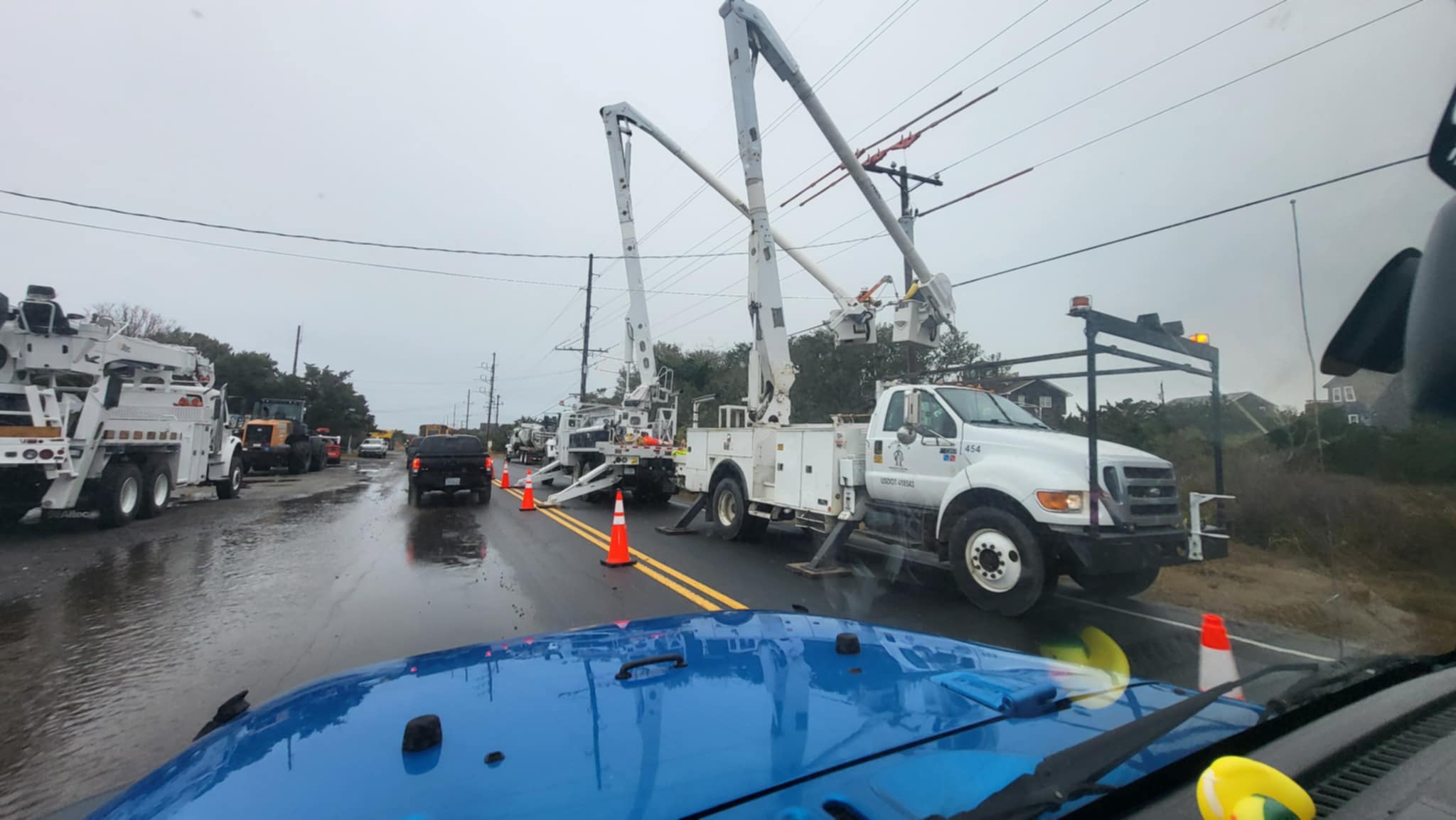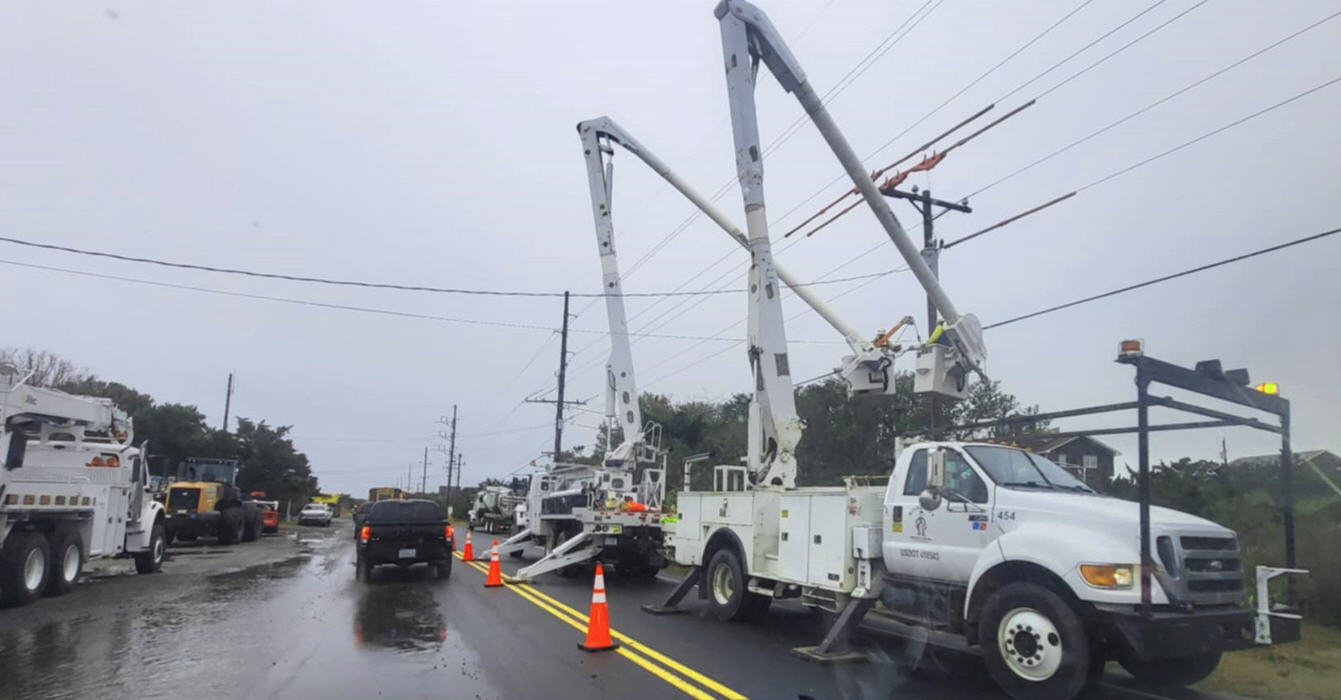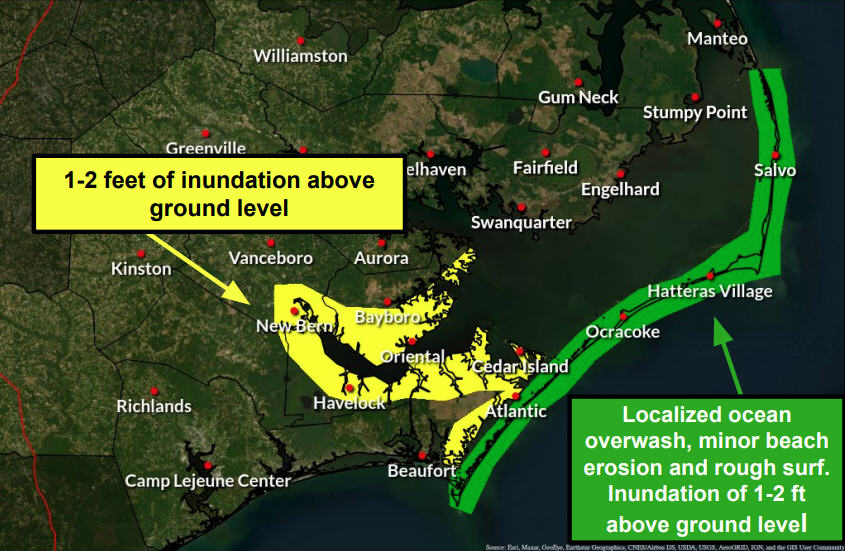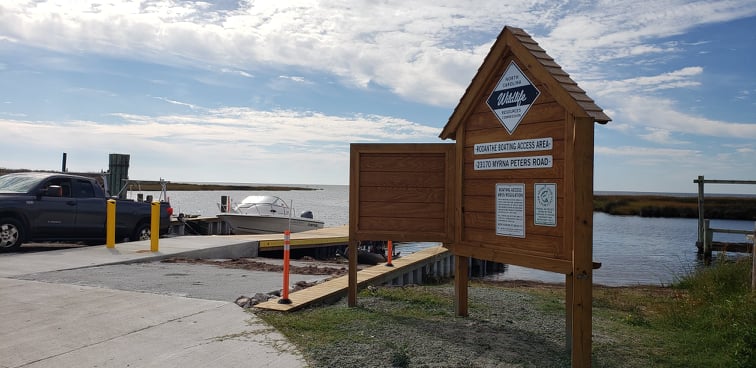Fish and Wildlife Service to scale back red wolf recovery area
By SAM WALKER
Coastal Review Online
The U.S. Fish and Wildlife Service announced this week it will begin to dramatically scale back its controversial red wolf recovery program.
The agency said in a news release it will begin implementing a series of actions based on scientific information and divided public opinions gathered during the past 21 months. The plan is to limit the area that the endangered wolves are able to roam freely to a federal wildlife refuge and adjacent land in Dare County by the end of 2017.
The move is in response to complaints by private landowners in the existing five-county recovery area, but wildlife conservation groups criticized the decision.
“This is a devastating blow to the world’s most endangered wolf. The U.S. Fish and Wildlife Service has abandoned its obligations to protect and recover the red wolf. This retreat flies in the face of what the majority of people in North Carolina want,” Defenders of Wildlife President and CEO Jamie Rappaport Clark said in a statement on the group’s website.
Plans are to limit the population in the wild to the Dare County Bombing Range and Alligator River National Wildlife Refuge, where the agency said stable packs exist on federal land. They also plan to find other locations in North Carolina or the southeastern U.S. where red wolves historically roamed until they were listed as extinct in the wild in 1980.
Red wolves bred in captivity were released into Alligator National Wildlife Refuge starting in 1987.
“This proposed action will change the scope of and goals for the experimental population and is expected to be completed by December 2017,” the agency said, and it will undergo an environmental review and a public comment period.
The agency said it will next determine where potential new sites exist for additional experimental wild populations by October 2017, and ensure they will comply with environmental rules and include public engagement.
A full evaluation of the program was undertaken two years ago after evidence surfaced that dozens of captive-bred wolves were released mistakenly on private lands in parts of the five counties and interbreeding with coyotes became rampant.
Some 200 red wolves are currently held in captive breeding facilities across the United States, including one at the refuge.
While listed as an endangered species, the wolves that have been released are classified by the agency as a “non-essential, experimental population”.
State wildlife regulators called on the Fish and Wildlife Service last year to end the reintroduction of the red wolf in the region and to remove all wolves that were released on private lands.
The release program was suspended in June 2015, while existing wolves were allowed to continue roaming over an area covering 1.7 million acres of Dare, Hyde, Tyrrell, Washington and Beaufort counties.
Coyote hunting was restricted in that area after a lawsuit by environmental groups in reaction to at least eight incidents in which red wolves were shot and not reported, which violated state and federal regulations.
The announcement Monday comes after a two-year, two-step evaluation of the entire red wolf recovery program, according to the federal agency.
An initial report by the Wildlife Management Institute in June 2015 criticized how the Fish and Wildlife Service interacted with residents and property owners surrounding the refuge in the five-county area after the program got underway.
The same findings praised Fish and Wildlife for the science behind the program and noted that it proved to some degree that the red wolf could survive in coastal eastern North Carolina.
Earlier this month, the final results of the study were submitted to the agency.
“The service commissioned these numerous studies, and the updated research and information coming from a diverse group of experts was invaluable to us in making the management decisions we’re announcing today,” said Cindy Dohner, the service’s Southeast Regional Director.
Fish and Wildlife said it will move quickly to secure the captive population of about 200 red wolves because it is not sustainable in its current configuration, with just 29 breeding pairs in captivity.
A five-year status review for the red wolf will also be completed by October 2017, examining whether the red wolf is a valid, list-able entity and whether it is appropriately classified as an endangered species.
To Learn More
(This article is provided by Coastal Review Online, an online news service covering North Carolina’s coast. Sam Walker is a reporter for the Outer Banks Voice. For more news, features, and information about the coast, go to www.coastalreview.org.)










